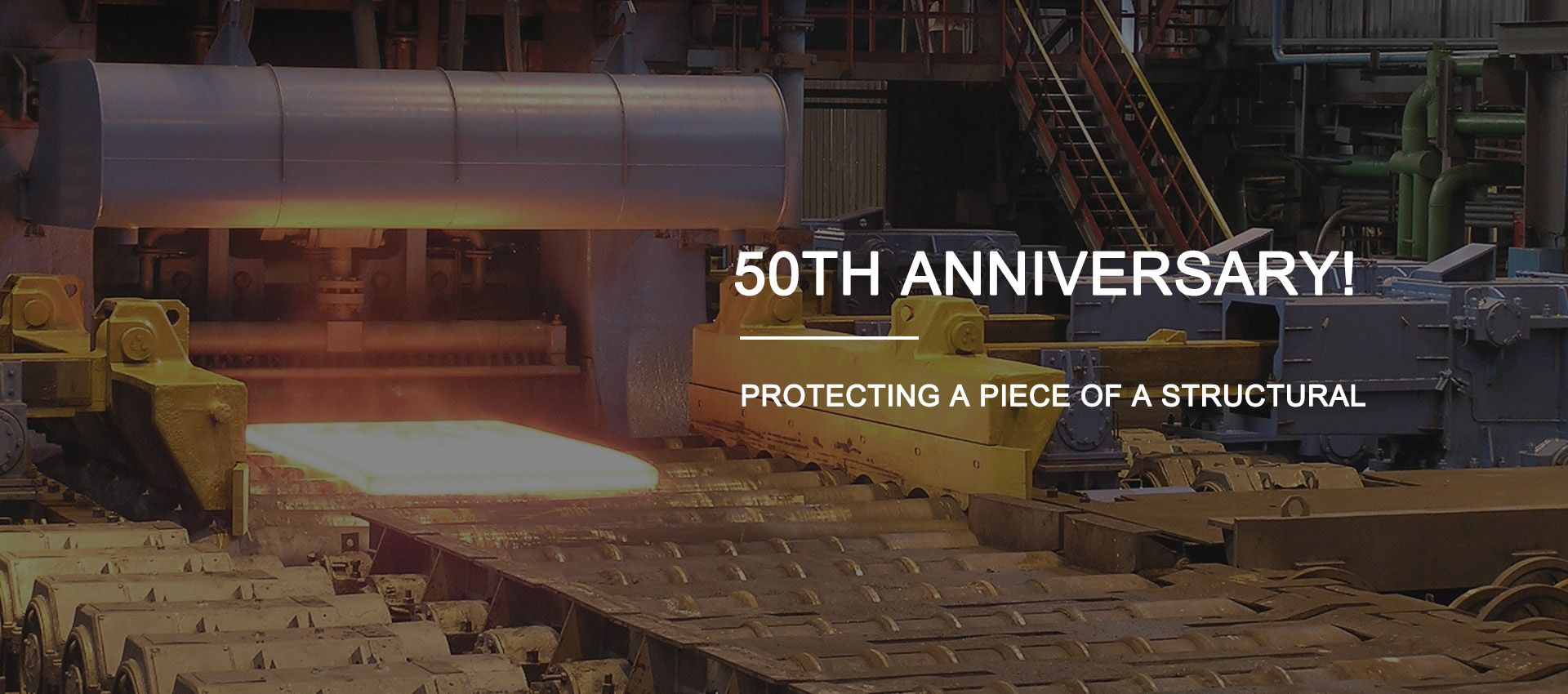

Exploring Different Types of Self-Tapping Screw Heads for Various Applications
Nov . 25, 2024 03:40 Back to list
Exploring Different Types of Self-Tapping Screw Heads for Various Applications
Understanding Self-Tapping Screw Head Types
Self-tapping screws are a popular fastening solution in various applications, from construction to automotive industries. Their design allows them to create their own mating thread when driven into materials, eliminating the need for pre-drilled holes in many cases. However, not every self-tapping screw is the same. They come in various types, each tailored for specific functions and environments. The effectiveness of a self-tapping screw is also greatly influenced by its head type. This article will explore the various head types of self-tapping screws and their applications.
1. Pan Head Self-Tapping Screws
Pan head screws feature a rounded top and a flat bearing surface beneath the head. This design is advantageous as it distributes the load over a larger area, making it suitable for applications where a flush finish isn’t necessary. The pan head is often used in situations where a more aesthetic appearance is required, such as in interior applications where the screws may be visible. Additionally, the larger bearing surface can help prevent the screw from pulling through softer materials.
2. Flat Head Self-Tapping Screws
Flat head screws are designed with a countersunk head, allowing for a flush finish with the material’s surface. This feature makes flat head screws particularly useful in applications where appearance is critical, such as cabinetry and furniture making. Their design reduces the risk of snagging on clothing or other materials, making them ideal for fixtures where safety and aesthetics are a concern. When installing flat head self-tapping screws, care must be taken to ensure the countersink is made correctly so that the head sits flush with the surface.
3. Hex Head Self-Tapping Screws
self tapping screw head types

Hex head screws are characterized by their hexagonal-shaped heads, which allow for easy installation using a wrench or socket. This type is favored for its strength and ability to withstand higher torque, making it suitable for heavy-duty applications such as metal-to-metal fastening. Hex head self-tapping screws are commonly used in construction and automotive industries due to their durability and ease of use. Their shape also allows for the use of a protruding head that can be easily gripped for robust tightening.
4. Round Head Self-Tapping Screws
Round head screws have a dome-shaped top and are often used for fastening applications where a protruding head is acceptable. They provide a classic look and are typically easier to install than flat or countersunk heads. While they provide a secure connection, it is important to note that the round head can create a bulge on the surface of the material, which may not be desirable in some applications. Round head self-tapping screws are versatile and used in a variety of wood, plastic, and metal applications.
5. Socket Head Self-Tapping Screws
Socket head screws, also known as Allen screws, are designed for use with a hex key. Their low-profile design makes them suitable for applications where space is limited. The drive design allows for more precise torque application without the risk of slipping, making them advantageous in precision assemblies and settings where a strong connection is essential. Socket head screws are common in machinery manufacturing and can be found in various materials, including stainless steel and carbon steel.
Conclusion
Understanding the different head types of self-tapping screws is crucial for selecting the right fastener for your project. Each head type offers unique advantages suited for specific applications, whether it’s achieving a flush finish, withstanding high torque, or simply meeting aesthetic requirements. When selecting a self-tapping screw, consider the material you’ll be fastening, the environment it will be used in, and the appearance you wish to achieve. With the right self-tapping screw head type, you can ensure a secure and efficient fastening solution for any task.
Latest news
-
High-Strength Hot Dip Galvanized Bolts - Hebei Longze | Corrosion Resistance, Customization
NewsJul.30,2025
-
Hot Dip Galvanized Bolts-Hebei Longze|Corrosion Resistance&High Strength
NewsJul.30,2025
-
High-Strength Hot-Dip Galvanized Bolts-Hebei Longze|Corrosion Resistance&High Strength
NewsJul.30,2025
-
Hot Dip Galvanized Bolts-Hebei Longze|Corrosion Resistance&High Strength
NewsJul.30,2025
-
Hot Dip Galvanized Bolts - Hebei Longze | Corrosion Resistance, High Strength
NewsJul.30,2025
-
High-Strength Hot Dip Galvanized Bolts-Hebei Longze|Corrosion Resistance, Grade 8.8
NewsJul.30,2025

